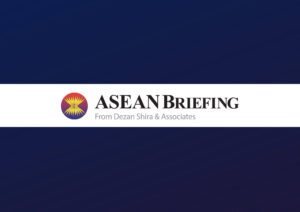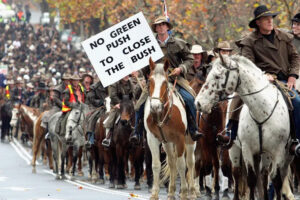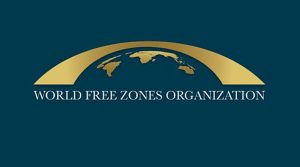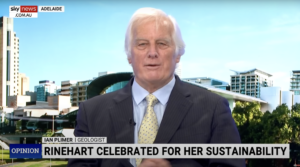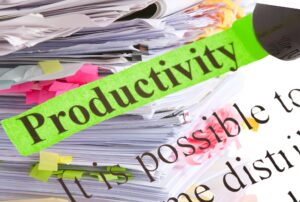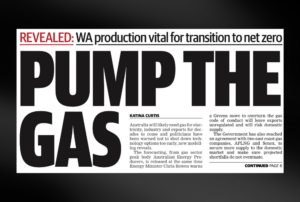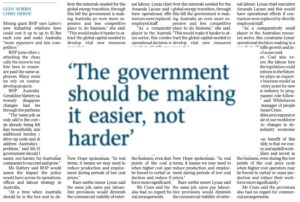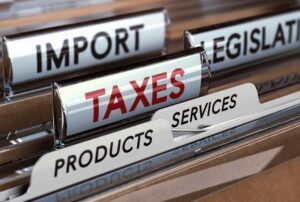In the State Budget, royalties contributed over $12bn in 2022-23. Mining represents around one-third of State Government revenue. Federally, ATO data reveals that the mining industry contributes more than $40bn in company tax — around 5 per cent of ALL company tax paid in Australia in the 2021-22 financial year. This remarkable contribution should not just be seen in terms of abstract numbers. Mining not only represents jobs and growing wealth, it also represent money for schools and hospitals, defence funding, investment in new roads and other infrastructure, and on and on.
